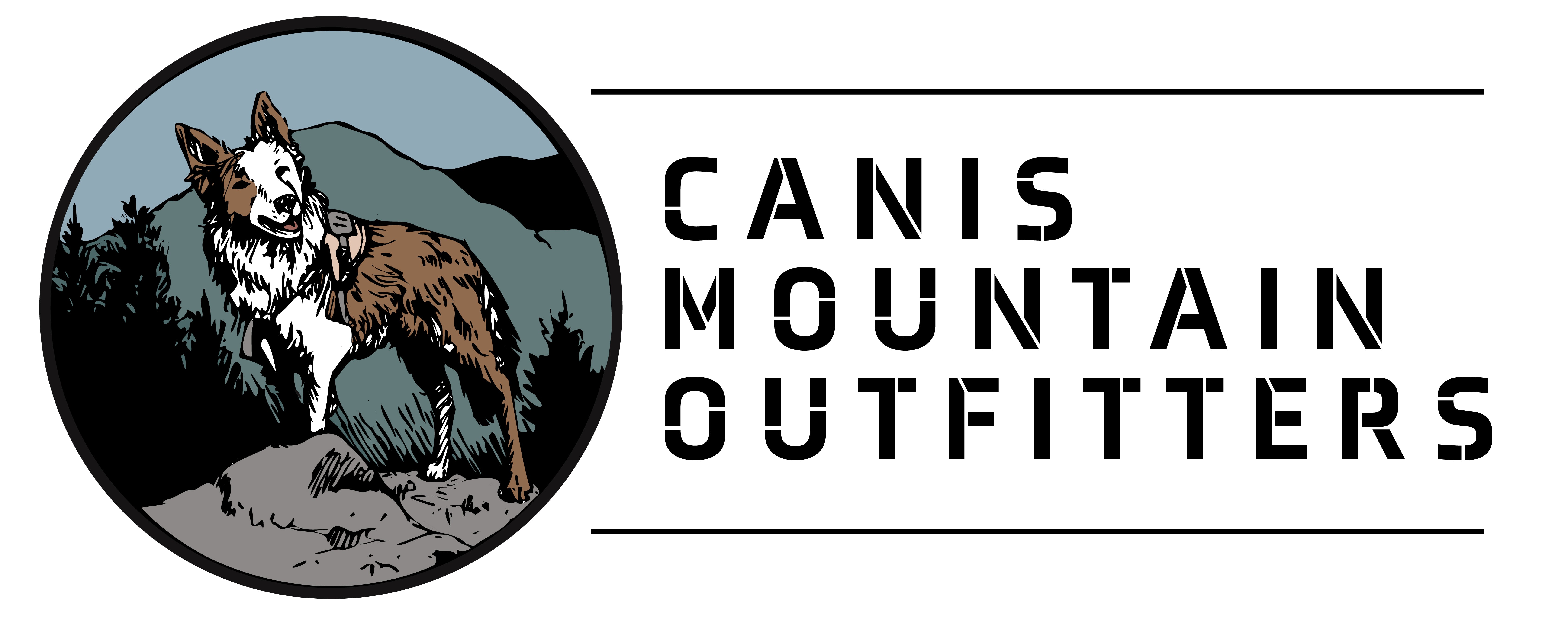This question has been stumping pet parents for years.
First some info we need to understand:
- Calorie - (notice the big 'C') - is the unit of measurement for 'human' food.
- kcal - (notice the small 'c') - is the unit of measurement for dog food
- 1000 calories = 1 kcal = 1 Calorie
- Next, we need to find out how many kcal is in a cup of our pup's kibble. This info can be found on the bag of kibble, can of food, etc.
- Then we need to determine what is our pup's 'ideal body weight'. A weight chart for all major breeds can be found on the internet. A quick Google search can get you how many pounds your pup should weigh during each month of development, all the way into adulthood. If you have a mix breed, utilize which ever breed is most apparent in your pup. Still having a hard time? Ask your vet. As health experts they can give you an 'ideal body weight' for your pup.
Weight Formula:
20kcal per 1lb of ideal body weight is the best place to start. Example: My dog should weigh 40lbs, so she should get 800kcal of food per day.
Remember this is total food intake. Kibble, rewards, 'human' food, breakfast, brunch, dinner, second dinner, any items eaten off the ground, etc.
Calculate:
Most cups of kibble are right around 400kcal, give or take. So with the example above, my pup should get 1 cup of food, breakfast and dinner. If I am providing training rewards or human food, I must reduce the amount of kibble per meal.
Monitor their weight:
After we determine how much food our pups are getting and how much to provide in each meal we need to monitor the pup. Easiest way to monitor is to feel the pups ribs. While your pup is standing, run your finger tips over your pup's rib area. If you can't feel the ribs or have to push to feel the ribs, your pup is carrying extra weight. If you can feel the ribs easily, they are at their ideal body weight. If you can easily feel the indents in between the ribs or you can see the ribs, they may be a little thin. That said, some breeds show ribs more easily than others, especially short haired muscular breeds.
Increasing and decreasing weight:
If your pup needs to gain weight, add 5-10% to their kcal intake. Wait a week, measure/monitor, adjust as needed.
If your pup needs to lose weight, reduce 5-10% to their kcal intake. Wait a week, measure/monitor, adjust as needed.
Taking weight off takes time, couple to several weeks. Don't make any drastic changes in kcal intake. 5-10% at a time is plenty to make a difference.
Exercise does help in reducing weight. However, studies have shown that dieting works better than rigorous activities for pups. Especially if our pup is already too heavy as rigorous activities can impact their joints, etc.
Final thoughts:
It is in our pup's best interest, especially as they age, to keep their body weight ideal. Joints, etc. can suffer as they age if too much weight is being carried around. This is a constant struggle for them if they are carrying it. If we want them to live their best life we should keep them as trim as possible or as close to ideal body weight as possible.
